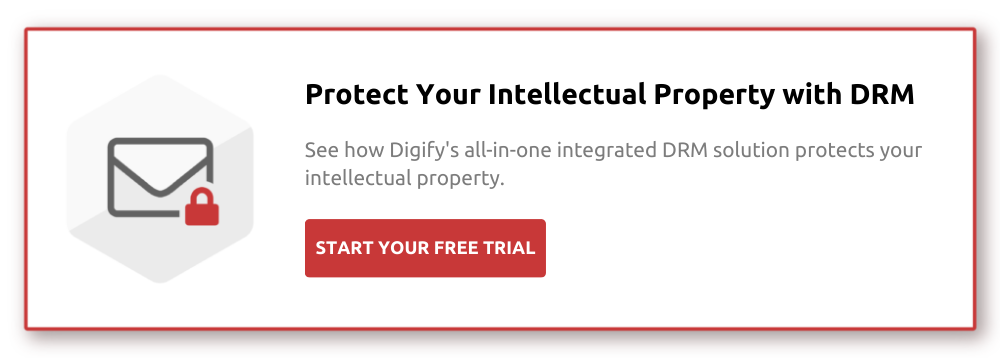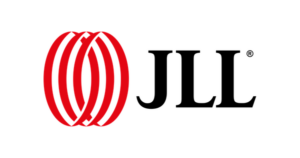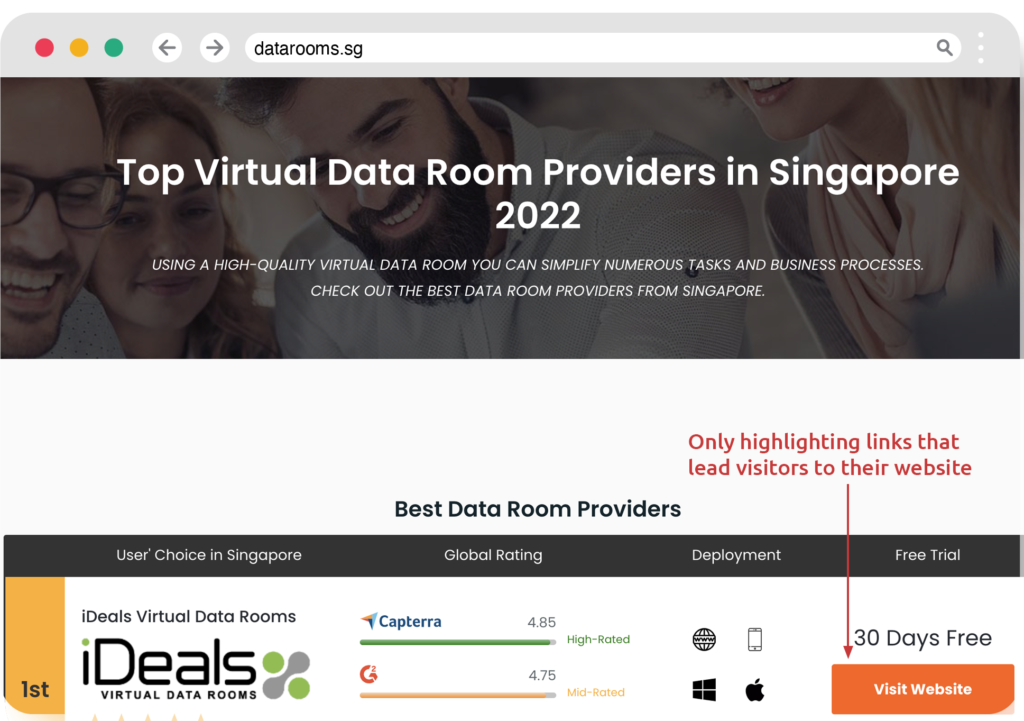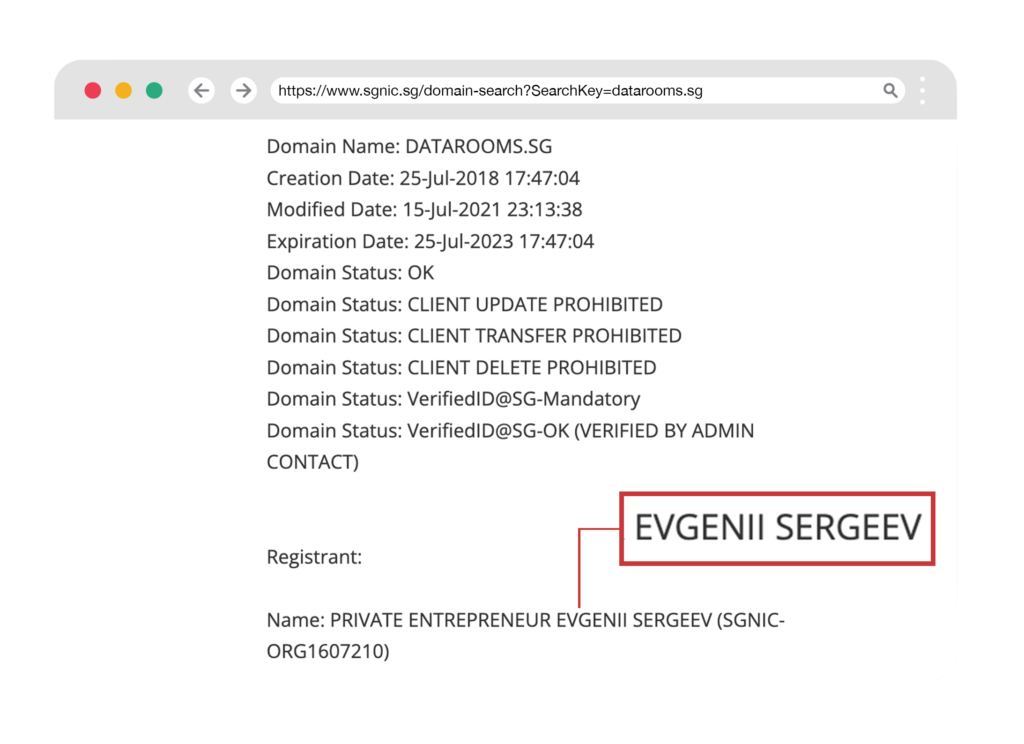Intellectual property (IP) is one of the most valuable intangible assets that businesses have and is extremely vulnerable to leaks, theft, and other threats. Your intellectual property represents your business’s distinct competitive advantage. Intellectual property protection is therefore critical to growth and success. Without a strategy for protecting IP, your business may suffer while dealing with litigation and financial losses.
With the increase in remote work, confidential data is living on many devices and traveling through many channels. Everyone is accessing documents on smartphones and messaging colleagues while on the go. This means it’s easier than ever for IP leaks to happen.
When your IP assets are compromised, they can end up in the hands of your competitors. Securing intellectual property should be a first priority for every organization doing business today. IP helps you increase your business’s market value, secure ideas for products and services, license your patents or copyrights, create a unique brand with trademarks, logos and designs, and raise startup funding.
Failing to protect your intellectual property can have far-reaching financial and reputational consequences for your business. Here are some effective ways you can plan an IP protection strategy to avoid intellectual property theft or loss.
The 4 main types of intellectual property
Before your business starts planning a protection strategy, it’s important to understand what types of IP you have so you know the best ways to protect it. Intellectual property includes trademarks, patents, copyrights, and trade secrets. Some types of IP are protected by law the moment they’re created and others require rights granted from a government agency to be legally protected.
There are four main categories of IP. Intellectual property can be protected by:
- Patents – protects inventions, machines, and some computer software that advance technological progress.
- Trademarks – secures branding elements for marketing campaigns, logos, slogans and taglines.
- Copyrights – covers original works in music, arts, photography, design and other creative endeavors.
- Trade secrets – safeguards customer lists, processes and formulas that provide a unique competitive advantage.
Patents, copyrights, and trademarks are usually made available to the public. IP protection for these involves litigation and requires costly legal expertise. In contrast, trade secrets are meant to remain completely private. The protection of trade secrets depends on preventing leaks for the duration of their existence.
This is why it’s important to have an intellectual property protection plan in place from the early stages of business growth. Just because IP is not a tangible asset doesn’t make it any less essential to protect. Treating IP protection as an afterthought can adversely affect your organization’s survival.
3 steps to protect your intellectual property
There are three important steps you can take to ensure the value of your business is not destroyed by the loss of your intellectual property.
1. Take stock of your IP
You can’t protect what you don’t know you need to secure. This is especially important in cases where technology has been developed by founders (source codes, prototypes or models) and managed or improved upon by employees or freelance independent contractors.
An IP audit can help you create an inventory list of your organization’s existing and potentially long-term intellectual property assets. This will help you clearly identify and protect your IP, while fully leveraging its value. In most cases, it’s best to have a patent or trademark attorney direct this process who can provide you with guidance and advice on how to effectively manage your intellectual property.
2. Determine the financial value of your IP
Getting an idea of the value of your IP can help you decide if it’s worth registering the IP as a patent or trademark, and/or moving forward with the licensing process.
There are ways to calculate the value of your IP using quantitative methods like cost-based and market-based metrics from similar market transactions in the industry. IP can also be evaluated using qualitative methods such as assessing your competitive advantage, scoring the numerical value of your IP assets, and analyzing your IP with a statistical methodology like IP Quotient that rates patents based on the strength of your portfolio. A patent or trademark attorney can also help your business with this process.
3. Prevent IP losses before they happen
Since patents, trademarks, and copyrights are meant to be public, it may be best to file for each type. You’ll often need to file in different locations and markets according to your specific situation.
It’s important to understand the local laws that protect intellectual property because patents and trademarks may be enforced differently across the world. Pursuing litigation after your IP rights have been violated can be a hassle that comes with high costs.*
Trade secrets vs. patents: What your business needs to know
It’s essential that you first make a clear decision between filing a patent or keeping your IP a trade secret. Patents and trade secrets pose opposite choices. The legal protection of trade secrets is based on their secrecy. In contrast, public disclosure is required to enable the protection of patents.
Specific details of the patent must be described to meet the requirement of “enablement” so that even after its expiration others can use the patent. Evaluating your budget constraints can help you choose between filing a patent or keeping your IP a trade secret. It also must meet the legal requirements of novelty, non-obviousness, and usefulness for your patent to be approved.
If it does, you can then ask these five questions to confirm your decision to patent:
- Is it useful after 20 years?
- Is reverse engineering possible by other companies?
- Is it part of a manufacturing process or embedded in a product?
- Is it likely to be discovered in the future?
- Is it regularly seen publicly?
The answers will depend on your particular business situation and needs. If you decide to keep your IP a trade secret, since you can’t publicly file it there are specific ways to maintain its protection, including:
- Contractual barriers — Prepare contracts and agreements to protect your business such as IP licenses and non-disclosure agreements (NDAs), memorandum of understandings (MoUs), employment agreements, and more.
The Defend Trade Secrets Act (DTSA) in the EU and US was a major advancement in intellectual property law. This act allows those who own trade secrets to enact lawsuits using federal law, instead of only state law. Plaintiffs can also decide if they want to bring a claim to federal or state court based on their chances of winning. The DTSA has a board reach that governs every business contract involving a confidentiality agreement.
- Physical barriers — Mark sensitive documents ‘CONFIDENTIAL’ and keep in a safe, undisclosed location that is locked after business hours. Limit access and copying rights to only the personnel who require it. All visitors should be logged and never left unattended. The specific employees who are granted access should be required to sign a non-disclosure agreement before entering private areas of your premises.
- Technical barriers — Adopt proper document security and data room solutions for storing and sending IP files. It’s important to keep in mind that the owner of a trade secret has to take reasonable measures to keep it undisclosed in order to have it qualify as a trade secret.
How to protect intellectual property using Digify
Preventing the leakage of trade secrets is often more cost-effective than pursuing legal remedies after the fact. Loss prevention and intellectual property protection practices are in most cases more efficient than enforcement.
Thus it is up to the company or the intellectual property owner to take adequate protection measures as a first step. This should start with clearly marking documents as ‘CONFIDENTIAL’ and letting partners and users know that these documents are not to be exposed to the public.
Digify’s document security and data rooms are also a key component of a comprehensive IP protection strategy and allow businesses to:
- Control access to confidential IP documents internally and externally, such as from multiple overseas offices, or during fundraising and due diligence.
- Track who is viewing your sensitive documents so you can take actions and revoke access if necessary
- Present terms of access and confidentiality agreements for recipients to agree to before viewing sensitive IP documents.
- Restrict copying and downloading while deterring unauthorized sending with dynamic watermarks.
- Simplify usability by combining all the IP protection features your business needs in a unified platform, without having to install separate tools.
Digify’s secure virtual data rooms take only minutes to set up. Securely send documents with your recipients so your business can close deals faster. Accessing confidential business documents is easy and secure and you can protect, track and control them after sending. Get your free trial today to start protecting your intellectual property with Digify.
*Digify is not providing legal advice and your business should seek professional guidance relevant to your specific IP situation.














